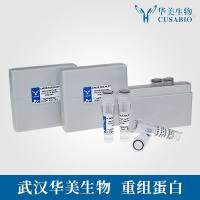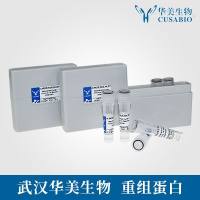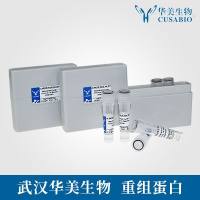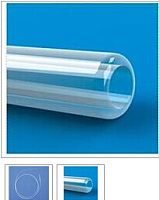To permit long-term measurement of time-dependent changes in levels of dialyzable drugs and transmitters in the spinal intrathecal (IT) space of the unanesthetized rat, we developed a dialysis catheter for chronic placement. This was accomplished by constructing a loop-flexible probe 9 cm in length from PE-5 polyethylene tubing and 4 cm dialysis membrane. This loop catheter was inserted through an incision in the cisternal membrane and passed to the lumbar enlargement. The ends of the catheter were then externalized on the top of the head. For dialysis, an external end of the loop catheter was connected to a syringe pump and perfused with artificial cerebrospinal fluid (CSF) and the out flow collected. Using this system we demonstrate: a) a significant increase in spinal CSF concentrations of amino acids after spinal traumatic injury, b) the permeability of a drug (methylprednisolone) through the blood-brain barrier into the spinal extracellular space after systemic delivery, c) effect of IT injection of N -methyl-D -aspartate on secondary amino acid release, and c) clearance of sufentanyl after IT delivery and corresponding development of thermal nociception. The loop dialysis catheter provides a robust experimental tool for studying time-dependent changes in the concentration of diffusible substances in spinal CSF over an extended postimplantation interval and allows comparison of these changes with concurrently assessed behavioral indices.






